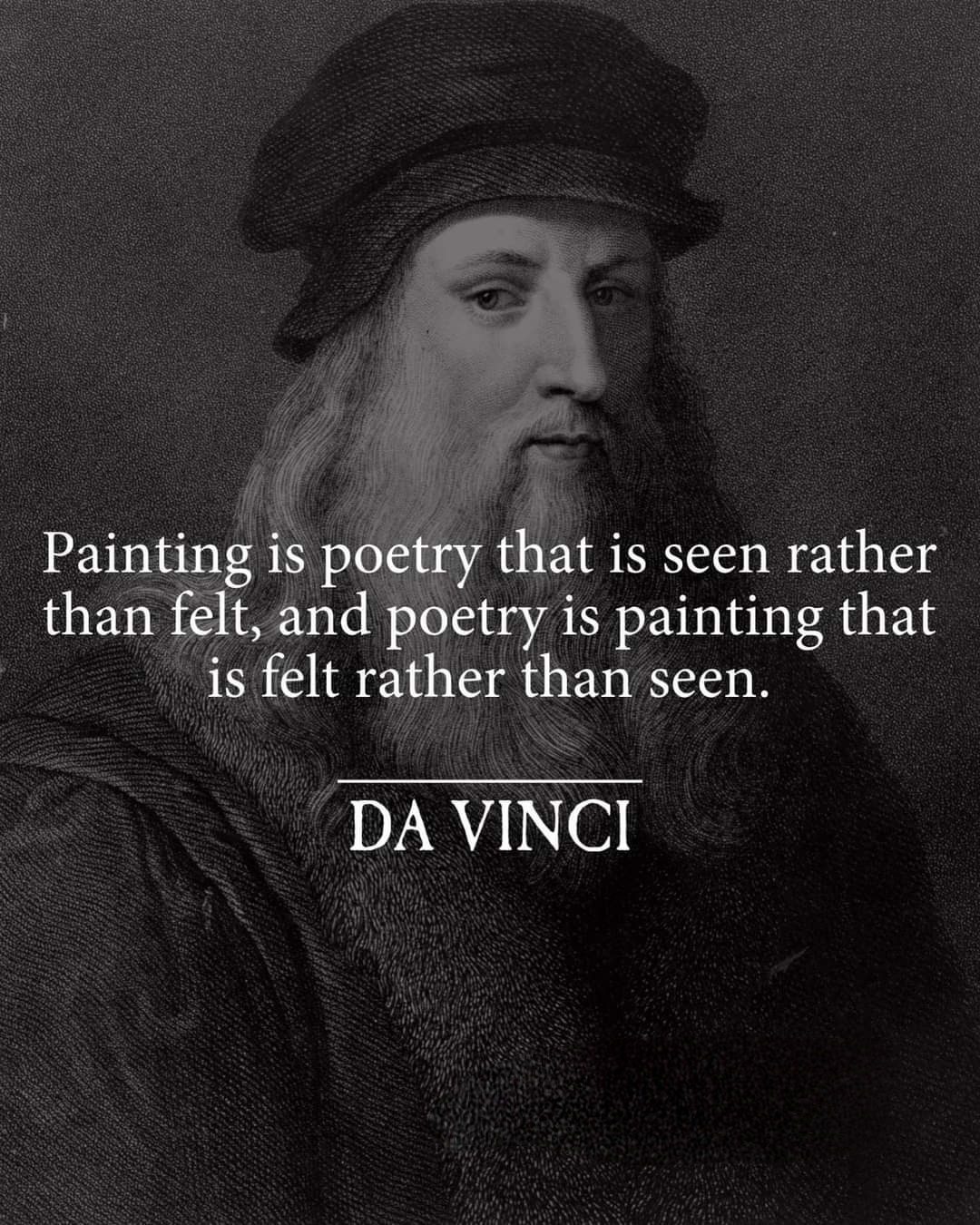The sentiment encapsulated by the quote is a reflection on the symbiotic nature of art and the senses.
The sentiment encapsulated by the quote is a reflection on the symbiotic nature of art and the senses. It proposes that painting is a form of silent poetry—a visual narrative that communicates its essence through sight, rather than through touch or sound. A canvas can elicit profound emotional responses, not by words, but by the visual dance of colors and forms. It’s a medium where sight substitutes for speech, and meanings are discerned through observation rather than discussion.
In a parallel sentiment, poetry is likened to a felt painting. Though it is composed of words, poetry transcends mere verbal communication. It engenders imagery and emotions that resonate internally, engaging readers in a mental ballet of visualization. The cadence and melody inherent in a well-composed poem can conjure scenes as vivid and moving as any painter’s masterpiece.
This perspective challenges us to consider art as a universal language of human experience. Whether through the strokes of a brush or the penning of a stanza, art is an endeavor to capture the fleeting and express the ineffable. It is an intimate dialogue between creator and observer, where each piece serves as an emissary, tasked with delivering a sensory message that is uniquely interpreted by its recipient. This quote, then, is not just a commentary on two forms of art, but a meditation on the power of creative expression to forge connections that transcend the boundaries of traditional sensory experience.


